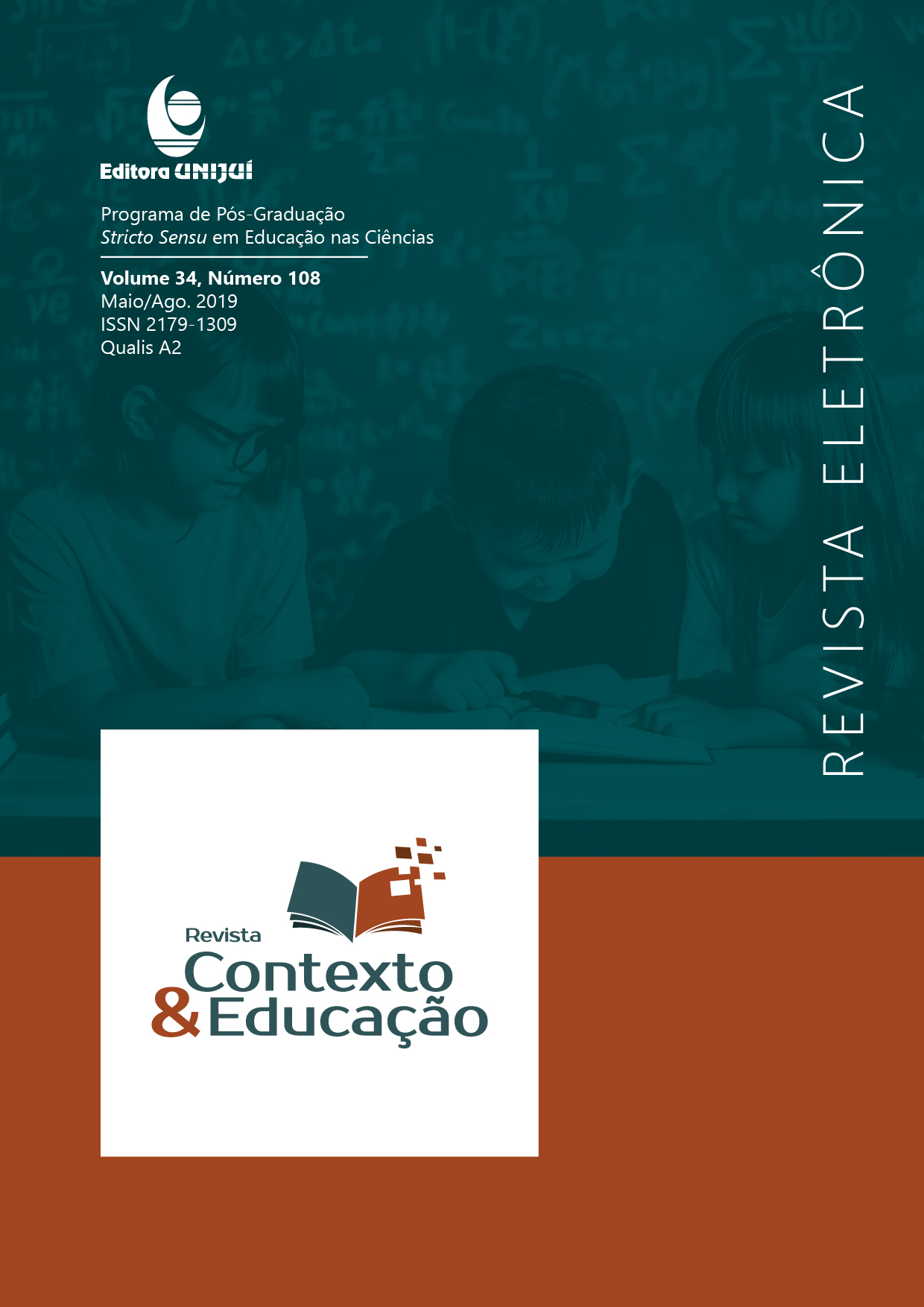A MULTIMODALIDADE E A INTERCULTURALIDADE NO ENSINO DO ESPANHOL: UMA ANÁLISE DO LIVRO DIDÁTICO CERCANÍA JOVEN
DOI:
https://doi.org/10.21527/2179-1309.2019.108.72-91Keywords:
Interculturality. Critical multimodal literacy. Textbook. Spanish language.Abstract
The new social practices that have emerged in society have given rise to different forms of communication and new literacies, highlighting two types of multiplicities arising from contemporary globalized society: cultural and textual. Therefore, the objective of this work is to investigate how the textbook Cercanía joven proposes the reading of multimodal texts in order to promote interculturality and critical literacy. In order to base our analyzes, we are guided by Araújo (2011), Descardeci (2002), Dionisio (2008), Kress and Van Leeuwen (2006), Rojo (2012), García Canclini Santos (2004) among others. From the methodological point of view, this is a descriptive and interpretative research, from a qualitative nature. The corpus of the research is composed of the section "Cultures in dialogue: nuestra cercanía", from the volume one of the textbook, from which the following results were obtained: that section has as objective that the student develops a dialogue between their culture and the culture of Hispanic countries, establishing a relationship of interaction and respect, as proposed by the principle of alterity. However, at times we could understand that the texts provided scope for critical multimodal exploration, but the interpretation activities did not exploit this potential.
Downloads
Published
How to Cite
Issue
Section
License
By publishing in Revista Contexto & Educação, authors agree to the following terms:
All works are published under the Creative Commons Attribution 4.0 International License (CC BY 4.0), which allows:
Sharing — to copy and redistribute the material in any medium or format;
Adaptation — to remix, transform, and build upon the material for any purpose, even commercially.
These permissions are irrevocable, provided that the following terms are respected:
Attribution — authors must be properly credited, a link to the license must be provided, and any changes made must be indicated.
No additional restrictions — no legal or technological measures may be applied that legally restrict others from doing anything the license permits.
Notices:
The license does not apply to elements that are in the public domain or covered by legal exceptions.
The license does not grant all necessary rights for specific uses (e.g., image rights, privacy, or moral rights).
The journal is not responsible for the opinions expressed in the articles, which are the sole responsibility of the authors. The Editor, with the support of the Editorial Board, reserves the right to suggest or request modifications when necessary.
Only original scientific articles presenting research results of interest that have not been previously published or simultaneously submitted to another journal with the same purpose will be accepted.
Mentions of trademarks or specific products are intended solely for identification purposes and do not imply any promotional relationship by the authors or the journal.
License Agreement (for articles published from October 2025): Authors retain the copyright to their article and grant Revista Contexto & Educação the right of first publication.


